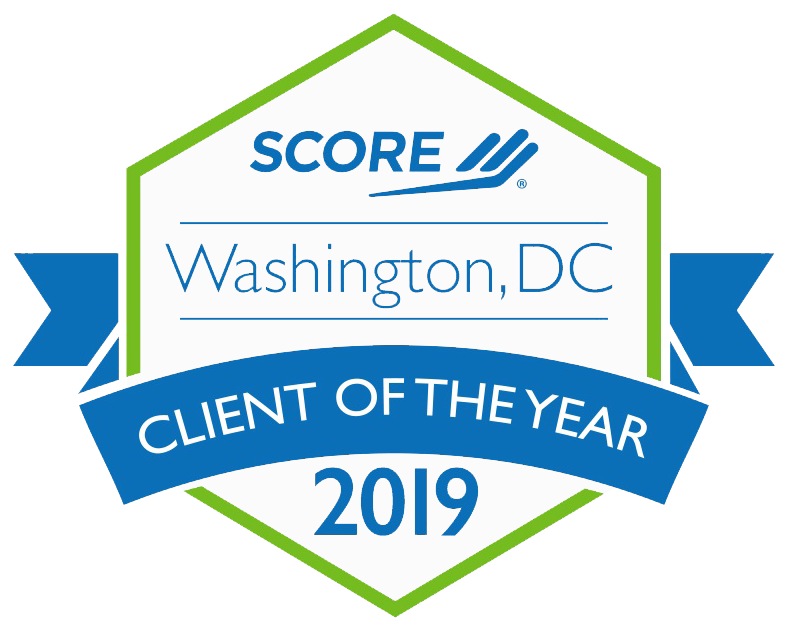 At RBW Strategy, we will forever stand behind and promote diversity, equity, and inclusion. This has been an incredibly uneasy, confusing, yet powerful time to make a change. While times are turbulent, it is often these unsettling moments that open our eyes and kick our brains into high gear. As we support nonprofit space, it’s our focus and duty to advance social welfare by accepting responsibility for implementing effective management practices and holding each other accountable to our communities.
At RBW Strategy, we will forever stand behind and promote diversity, equity, and inclusion. This has been an incredibly uneasy, confusing, yet powerful time to make a change. While times are turbulent, it is often these unsettling moments that open our eyes and kick our brains into high gear. As we support nonprofit space, it’s our focus and duty to advance social welfare by accepting responsibility for implementing effective management practices and holding each other accountable to our communities.
We believe actions speak louder than words, and the first step in those actions is acknowledging intersectionality. But how do we turn those acknowledgments into conversations? And how do those conversations become deeply rooted morals and core values that your organization lives by? Based on our work with nonprofits and their work with diverse populations and people of color, we want to reiterate some of their best practices.
- Know that every space is not your space. It is important for those who are privileged to understand that not every space is their space to occupy. People of color need places where they can gather and be free from the mainstream stereotypes and disempowerment that take over other societal spaces the privileged occupy. Fostering and respecting spaces for people of color, LGBTQ, and disabled people to be with others who share their identity and unique challenges, is an important responsibility if you are committed to equity. These group spaces are not segregation; they’re solidarity. In the same respect, it is important that these groups feel comfortable talking freely, transparently, and candidly with everyone in the organization.
- Put the right people in place to make a change. As organizations begin their journey towards greater equity, they must think carefully about leadership, and who will work best together to create positive outcomes. In organizations that are majority-white, executives will oftentimes hire a person of color to address the organization’s lack of diversity. Although this can be incredibly beneficial, it can also be daunting, as this person is tasked with changing deeply rooted norms and practices with little authority or training. Directors, CEOs, and Presidents alike should be conscious of the dynamics of oppression in the organization and be equally as committed to making change.
- Strip the hierarchy and make room for feedback. Most organizations are structured in some sort of hierarchy. These structures are helpful for streamlining the flow of communication and putting decision making power in the hands of those in specific roles. However, in the case of improving diversity, equity, and inclusion, new models of leadership that share structural power have proved to be a fundamental step in decision-making. In other words, collaborative leadership means including your beneficiaries in decisions that impact them. In addition, your organization should have concrete tactics for gathering and listening to all perspectives in the workplace, as people might not always be apt to come forward on their own to share their opinions.
- Educate yourself. Especially in the convoluted media world we live in, it’s easy to surround yourself only with those who are like-minded. In the same sense, social media tends to reinforce those viewpoints, therefore extending our bias. To counteract this way of thinking, start finding town halls and allyship trainings in your area. If you cannot find in-person trainings right now, see what you can find online. As humans, we become too prideful. We become closed off to new ways of thinking because it’s uncomfortable. Go forward with a willingness to learn, and accept that your viewpoints will be challenged.
The journey towards great diversity, equity, and inclusion is a marathon, not a sprint. It doesn’t have a fixed end point, and obstacles will occur at every turning point. But the results are not intangible. It is incumbent on nonprofits to demonstrate a real commitment to diversity and inclusion by ensuring their board members and leadership teams reflect their local communities and the populations they serve.
Additional Resources:
- National Council of Non-Profits | Why diversity, equity, and inclusion matter for nonprofits
- Non-Profit Quarterly | Why are we still struggling with diversity, equity, and inclusion in non-profit governance?
- National Diversity Council
- Center for Non-Profit Excellence
- Forbes | Eight Ways Nonprofits Can Improve Their Approach To Diversity And Inclusiveness





